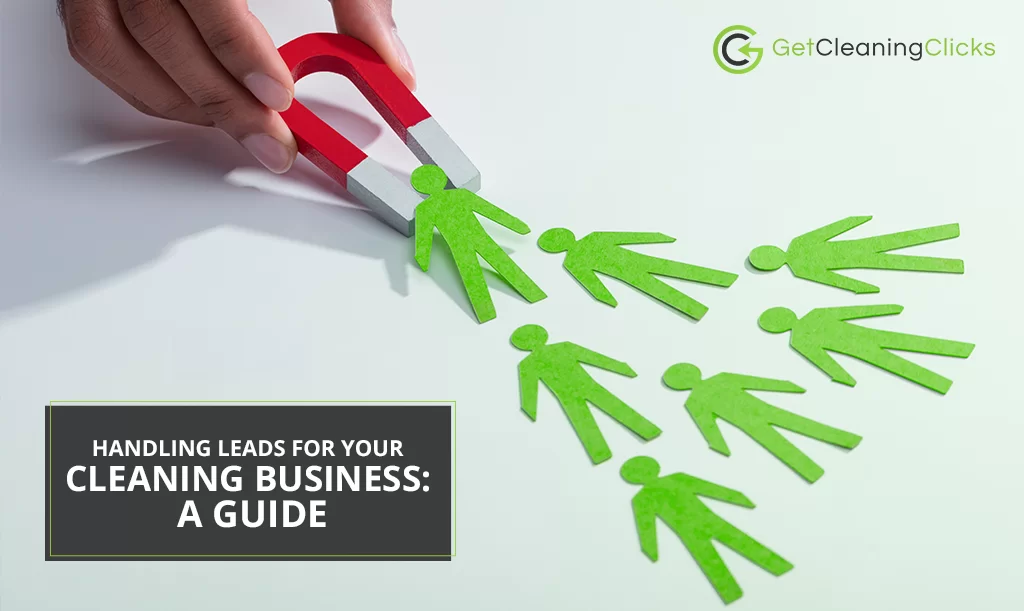According to Hubspot, lead generation is the top priority for 63% of marketers, so it would be interesting to learn if they have figured out how to guide those leads once they get them. Setting up an effective system to manage your leads is one of the most important things you have to do for your business since turning those leads into customers is the lifeblood of your bottom line.
So how do you handle your leads once you attract them? The truth is that no one has the definitive answer, no matter how successful they are; it’s usually a mixture of a number of different solutions, but the thing to remember is that any company can find their own. Here are four habits to perfect your lead management process!
1. Define “Lead” to your employees in concrete terms
If there is any sort of disconnect between employees on what a lead is, you can be sure that many of them are falling between those gaps. The first step towards managing your leads more effectively is defining what a lead is in concrete, simple terms that all your employees can understand and recognize. Once that is settled, define why and when a lead is ready to be acted upon—when it becomes a good lead— so that you don’t lose it by engaging with the person before they feel like doing business with you.
2. Integrate your CRM tools with Marketing Automation
Your team should be provided with a customer relationship manager (CRM) so that they can quickly access all the information that is captured about every interaction with your potential customers. All your channels (such as your website) should be integrated into this CRM tool to minimize response time. But, to follow these leads right from the beginning, you should also use a marketing automation tool to monitor engagement rates on blog posts, social posts, your website, and more. This is the best way to organize sales leads for b2b and b2c models, and it will certainly help you.
At face value, CRM and marketing automation seem like they are the same thing. However, they serve two very distinct purposes. Marketing automation follows every interaction with a visitor (when they’re unqualified leads) until they become qualified leads. On the other hand, CRM software focuses on these leads when they started being actively worked on by your sales team up to the point when they become closed deals (or when the lead is won).
3. Segment and score your leads
As you can imagine, a person who comments on your blogs or subscribes to your newsletter is not automatically a qualified lead. Get as much demographic information from your lead as you can, then score them according to your criteria. There are many reasons why a lead will turn cold or become unqualified, like the person living outside of your service area, or them looking for a specific cleaning service that your team doesn’t provide. This will smooth out the lead management process flow.
Once you determine that a lead is qualified, you can contact them through email, or in case they’re a call-in, you can tell them about your services, quotes, and anything else you think will convince them of going with your business right then and there.
4. Use incentives
Time is of the essence when trying to convert leads, and since you’re a cleaning company you have the advantage that most people visiting your website will actually be interested in that service right from the start. In order to capture their attention further, you can use certain incentives on the spot, like a time-limited offer if they get their quote then and there. Another way is to offer them a premium service at a discount if they subscribe to your newsletter or enter their information into a template. Your website should be ready for this by drawing your visitor’s attention towards your landing pages and make sure to work with your design team and webmaster to do so.
Like we said at the beginning, the way to handle leads for your cleaning business correctly is not set in stone. The steps we described above are a guideline to help you find your own groove and develope it with your own experiences since this is only a surface-level explanation; your process can be as complex as you want it to be. Customers, after all, are very different from one company to the next, but if you feel like you still need some assistance to grasp all of this, we can help you right away.

